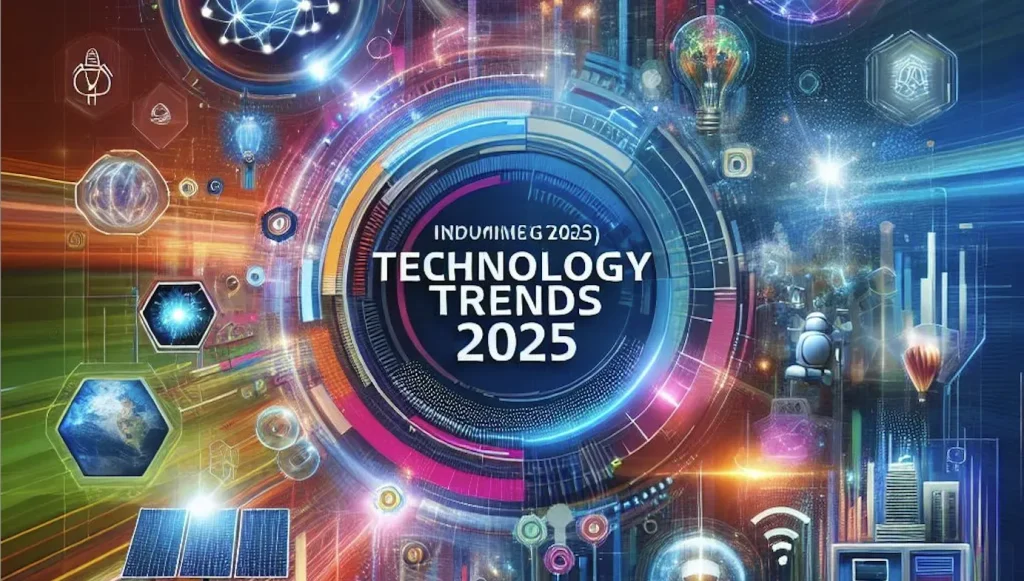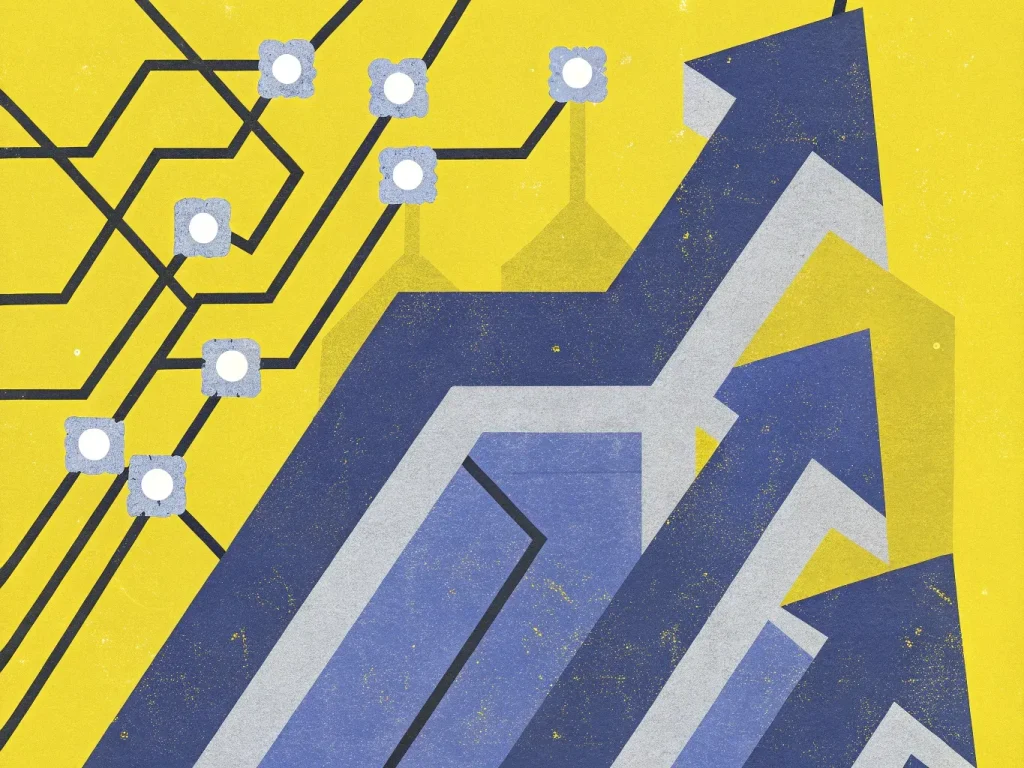AI and IoT are reshaping how businesses operate by turning everyday devices into intelligent partners. When intelligent software meets a vast network of sensors and the Internet of Things, devices can learn, predict, and act with minimal human input. This convergence—often described as AI and IoT technologies—drives faster decisions, improved efficiency, and new business models across industries. As organizations digitalize operations, new platforms and capabilities enable smarter products, services, and monetization. This article will outline the landscape, key technologies, practical applications, and the opportunities and challenges ahead.
Beyond the label, the fusion is described as a networked intelligence ecosystem where sensors, actuators, and gateways create intelligent processes. In classic terms, the IoT data fabric provides streams that intelligent software converts into actionable insights. Another framing is autonomous, edge computing enabled analytics and AI in IoT applications, where computation happens close to the source. For industries such as manufacturing, logistics, and energy, these capabilities translate into smarter automation, predictive maintenance, and optimized operations—the core ideas of industrial automation. As this field evolves, emphasis on interoperability, security, and scalable architectures that span cloud, edge, and hybrid deployments will determine widespread adoption.
1. AI and IoT: The Convergence Transforming Industry
The convergence of AI and IoT is reshaping how products are designed, serviced, and monetized. By enabling devices—from sensors to gateways—to learn, adapt, and act with minimal human input, this collaboration unlocks faster decisions, greater efficiency, and new business models. In this context, the AI and IoT technologies at work turn raw sensor streams into intelligent actions, driving value across manufacturing, healthcare, agriculture, and urban infrastructure. The Internet of Things serves as the data backbone, while AI provides the predictive and prescriptive intelligence that powers proactive operations.
As industries digitalize operations and seek differentiated customer experiences, the fusion of AI and IoT becomes a foundational shift. Predictive maintenance, optimized resource usage, and autonomous adjustment of processes exemplify how AI in IoT applications translates data into timely, automated responses. With industrial automation in mind, organizations can reduce downtime, improve safety, and unlock deferred value by embedding intelligence into devices, gateways, and the cloud that orchestrate end-to-end workflows.
2. Edge Computing: Real-Time Intelligence at the Edge
Edge computing brings AI inference and data processing closer to where data is generated, delivering real-time insights with minimal latency. By performing initial analytics locally, edge devices reduce the need to transmit every reading to the cloud, lowering bandwidth costs and improving privacy and security. This is crucial for applications in smart factories, fleet management, and autonomous retail where rapid decisions are essential.
The edge-centric approach also enables more resilient AI and IoT systems, especially in environments with intermittent connectivity. On-device models, compressed neural networks, and efficient inference pipelines ensure that critical alerts and control actions can occur even when links to centralized services are unstable. This aligns with the broader trend of AI and IoT technologies pushing intelligence out to the edge, supported by evolving standards in edge computing and cloud integration.
3. AI in IoT Applications Across Industries
Across sectors, AI in IoT applications is turning data streams into smarter operations. In smart manufacturing, sensors monitor equipment health and production quality, while AI models forecast failures and optimize maintenance schedules to minimize downtime. Industrial automation benefits from on-the-ground intelligence that coordinates machines, robots, and conveyors in real time.
In healthcare, wearables and remote monitoring devices generate physiological data that AI interprets to support early detection and personalized care. In agriculture, soil and climate sensors feed AI-driven irrigation and crop-management decisions, improving yields and conserving resources. Through AI in IoT applications, organizations pursue better outcomes, lower operating costs, and more resilient processes across the Internet of Things ecosystem.
4. Security and Privacy-by-Design in AI and IoT
With millions of connected devices, security and privacy-by-design are non-negotiable. Deploying robust authentication, encryption in transit and at rest, and regular software updates are essential to defend AI-enabled IoT systems from evolving threats. The confluence of the Internet of Things and artificial intelligence makes watchfulness and structured governance a baseline expectation for enterprise deployments.
Privacy-aware data collection, auditable AI models, and encrypted data management help maintain trust as networks scale. Building security into hardware, software supply chains, and cloud integrations ensures that data quality and governance remain strong even as devices proliferate. In this environment, a transparent, risk-aware posture supports sustainable AI and IoT implementations across industries.
5. Data Quality, Governance, and Interoperability for Scalable AI and IoT
A scalable AI and IoT strategy hinges on data quality and governance. Noisy, biased, or incomplete IoT data can undermine AI outcomes, so organizations must establish clear data ownership, lineage, and validation processes. Robust data pipelines and provenance enable reliable inference, which in turn supports safer, more accurate automated decisions.
Interoperability and open standards are essential to avoid vendor lock-in and accelerate deployment. By embracing common data schemas, cloud APIs, and modular architectures, organizations can assemble best-of-breed AI and IoT solutions that seamlessly connect sensors, actuators, and applications. This approach promotes flexibility and long-term value across the Internet of Things landscape.
6. The Future Landscape: Tiny AI, Autonomous Systems, and Industry Platforms
The coming era will feature smarter edge capabilities and tiny AI that unlocks powerful inference directly on devices. Model compression, specialized hardware, and efficient execution enable faster decisions, reduced cloud dependence, and improved privacy. This evolution supports autonomous systems that orchestrate complex workflows across factories, cities, and energy networks.
Industry-specific platforms will simplify deployment, offering domain-tailored analytics, prebuilt connectors, and governance controls for sectors like manufacturing, healthcare, and agriculture. As sustainability and resilience become core goals, AI and IoT deployments will emphasize energy efficiency, predictive maintenance, and adaptive, self-healing systems capable of withstanding disruptions with minimal human intervention.
Frequently Asked Questions
How do AI and IoT technologies enable predictive maintenance in industrial automation?
AI and IoT technologies combine sensor data (vibration, temperature, runtime) with machine learning to forecast equipment failures before they occur. Edge computing can run inference locally for real‑time alerts, while cloud analytics consolidates data for long‑term optimization. This reduces unplanned downtime, extends asset life, and improves safety in manufacturing environments.
What role does edge computing play in AI in IoT applications for real-time decisions?
Edge computing brings AI inference and data filtering to devices and gateways, cutting latency and preserving privacy by keeping data near the source. It enables rapid responses in scenarios like fleet management or smart factories even with intermittent connectivity. By complementing cloud services, edge AI supports resilient, autonomous operations in IoT systems.
How do AI in IoT applications and cloud platforms collaborate to scale smart city initiatives?
AI in IoT applications analyzes streams from city sensors, cameras, and devices, while cloud platforms provide scalable storage, training, and dashboards. Edge-to-cloud orchestration allows on‑device inference for immediate actions and cloud-based analytics for long‑term planning. This collaboration enables adaptive traffic, energy management, and safer, greener urban environments.
What security considerations are essential for AI and IoT technologies in connected devices?
Security-by-design principles—strong authentication, encryption, and routine software updates—are critical for AI and IoT technologies. Regular integrity checks, secure boot, and anomaly detection help defend against threats, while privacy‑aware data handling supports compliant deployments. Designing for resilience, including offline operation when needed, is also important.
Which interoperability standards and AI in IoT applications best support cross‑industry deployments?
Adopting open standards, interoperable platforms, and modular architectures helps AI in IoT applications avoid vendor lock‑in and speed deployment. Reliable connectivity (5G, Wi‑Fi 6/7, LPWAN) and common data schemas enable sensors, actuators, and apps to work together across industries. Cloud APIs and AI service integrations further unlock scalable value.
How can AI and IoT technologies drive energy efficiency and sustainability in manufacturing and infrastructure?
AI and IoT technologies enable smart meters, predictive maintenance, and intelligent control loops to optimize energy use. IoT sensors monitor consumption and conditions, while AI models forecast demand and optimize operations, reducing waste and outages. This leads to more sustainable energy grids, greener factories, and resilient systems.
| Key Point | Description |
|---|---|
| Convergence concept | When AI meets IoT, devices learn, predict, and act with minimal human input, delivering faster decisions and new business models. |
| Data sources | IoT sensors, cameras, wearables, and connected machines generate data that AI analyzes. |
| AI in IoT applications | Intelligent software runs on devices, gateways, or cloud to derive value with minimal human intervention. |
| Actionable intelligence | Turning data into timely, adaptive actions such as predictive maintenance, optimized operations, and proactive care. |
| Edge computing | Processing near data sources reduces latency, lowers bandwidth, and improves privacy, enabling rapid decisions even with intermittent connectivity. |
| ML & DL | Models identify patterns, forecast outcomes, and enable on-device inference for autonomous systems. |
| Connectivity & interoperability | 5G/Wi‑Fi 6/7/LPWANs and open standards enable reliable communication and reduce vendor lock-in. |
| Security & privacy-by-design | Strong authentication, encryption, updates, and privacy practices protect AI-enabled IoT systems. |
| Cloud & platforms | Cloud services provide scalable storage, compute, AI capabilities, data lakes, dashboards, and multi-cloud options. |
| Industry applications | Smart manufacturing, smart cities, healthcare, agriculture, energy, and more. |
| Challenges | Data quality/governance, security/resilience, interoperability/vendor lock-in, skill gaps, and ethical implications. |
| Future trends | Smarter edge/tiny AI, autonomous orchestration, industry-specific platforms, and resilience-focused deployments. |
Summary
AI and IoT are converging to turn raw sensor data into intelligent action across industries, redefining how products are designed, operated, and monetized. The combined power of edge computing, machine learning, secure connectivity, and cloud-enabled platforms enables smarter devices, more efficient processes, and new business models across industries. While data quality, security, interoperability, and workforce skills present challenges, the opportunities include improved operational performance, enhanced customer experiences, and new value streams. As adoption grows, AI and IoT will drive autonomous, resilient systems that thrive in increasingly connected environments.


